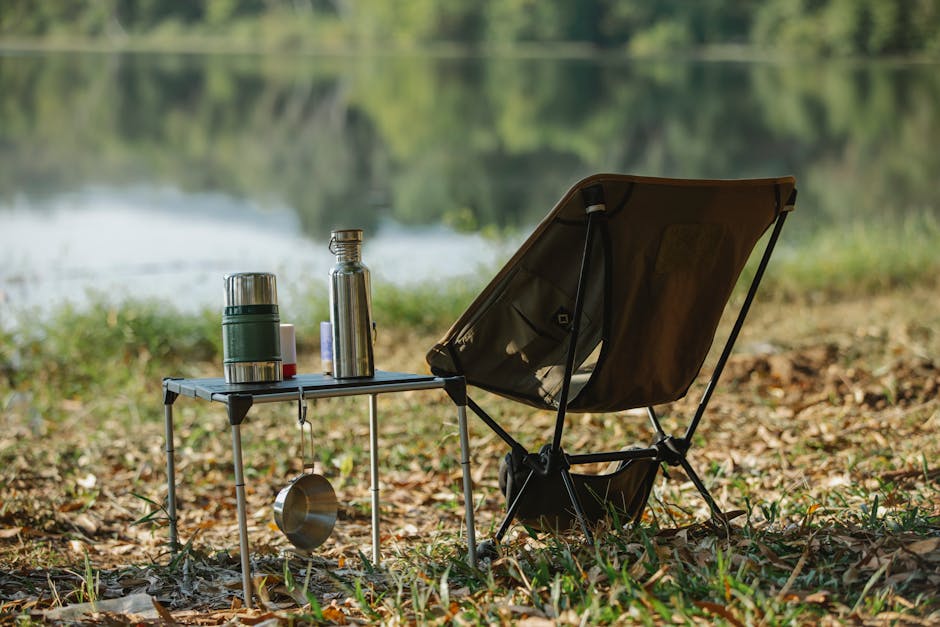The Ultimate Guide to Camping Saws: Essential Tools for Outdoor Enthusiasts
When it comes to outdoor adventures, having the right tools can make all the difference. Whether you’re camping, hiking, or backpacking, a reliable camping saw is an essential piece of equipment that can help you tackle any wood-cutting tasks with ease. From cutting firewood to clearing trails, a camping saw is a versatile tool that can come in handy in a variety of situations. In this comprehensive guide, we will explore everything you need to know about camping saws, from their different types and uses to maintenance tips and more.
The Evolution of Camping Saws
Camping saws have come a long way from their humble beginnings. In the past, campers had to rely on bulky and inefficient tools like axes and knives to cut wood. However, modern camping saws are lightweight, compact, and designed for maximum efficiency. With innovations in materials and technology, camping saws have become indispensable tools for outdoor enthusiasts.
One of the earliest camping saws was the bow saw, which dates back to ancient times. The bow saw consists of a thin blade stretched between two handles, allowing for precise and controlled cutting. Over the years, various types of camping saws have been developed, including folding saws, pocket chainsaws, and wire saws, each with its unique features and advantages.
Types of Camping Saws
There are several types of camping saws available on the market, each designed for specific purposes. Understanding the different types of camping saws can help you choose the right tool for your needs. Here are some common types of camping saws:
1. Folding Saw
A folding saw is a compact and portable saw that features a hinged blade that folds into the handle for easy storage and transportation. Folding saws are ideal for cutting small to medium-sized branches and can be used for a variety of tasks, from building a shelter to preparing firewood.

2. Pocket Chainsaw
A pocket chainsaw is a lightweight and flexible saw that consists of a chain with cutting teeth that can be wrapped around a tree or branch for cutting. Pocket chainsaws are highly efficient and can cut through thick branches with ease, making them a popular choice for campers and backpackers.

3. Wire Saw
A wire saw is a compact and versatile saw that consists of a length of wire with cutting teeth attached to handles on each end. Wire saws are lightweight and easy to use, making them perfect for cutting branches, limbs, and other small to medium-sized wood pieces.

Uses of Camping Saws
Camping saws are incredibly versatile tools that can be used for a wide range of tasks in the great outdoors. Whether you’re camping, hiking, or backpacking, a camping saw can help you tackle various wood-cutting tasks quickly and efficiently. Here are some common uses of camping saws:
1. Cutting Firewood
One of the primary uses of camping saws is cutting firewood for cooking, warmth, and campfires. A camping saw can make quick work of cutting small to medium-sized branches and logs, allowing you to keep your campfire burning bright throughout the night.
2. Clearing Trails
When hiking or backpacking in the wilderness, you may come across fallen trees or branches blocking the trail. A camping saw can help you clear the path quickly and safely, ensuring a smooth and enjoyable hiking experience for you and your companions.
3. Building Shelter
Whether you’re setting up a tent or building a shelter in the wilderness, a camping saw can be a valuable tool for cutting branches, poles, and other materials. With a camping saw, you can quickly and easily construct a sturdy shelter to protect yourself from the elements.
Caring for Your Camping Saw
Proper maintenance is essential to ensure the longevity and performance of your camping saw. By following these simple tips, you can keep your saw in top condition and ready for any outdoor adventure:
1. Clean and Dry
After each use, make sure to clean your camping saw with a damp cloth to remove any dirt, debris, or sap. Once clean, allow the saw to dry thoroughly before storing it to prevent rust and corrosion.
2. Sharpen Regularly
Sharp teeth are essential for efficient cutting, so be sure to sharpen your camping saw regularly with a saw file or sharpening stone. A sharp saw will cut through wood like butter, making your outdoor tasks much easier.
3. Store Properly
When not in use, store your camping saw in a dry and cool place to prevent moisture buildup and rust. Consider using a protective case or sheath to keep the saw blade safe and secure during transportation and storage.
Expert Opinions
We reached out to outdoor experts and enthusiasts to get their insights on the importance of camping saws in outdoor adventures. According to John, an experienced camper, “A camping saw is an essential tool that I always carry with me on my outdoor trips. It’s lightweight, versatile, and makes cutting wood a breeze.” Sarah, a backpacker, adds, “I never leave for a camping trip without my folding saw. It’s compact, easy to use, and has come in handy on numerous occasions.”
Final Thoughts
As outdoor enthusiasts, having the right tools can make all the difference in our camping, hiking, and backpacking experiences. A camping saw is a versatile and essential tool that can help us tackle various wood-cutting tasks with ease. By understanding the different types of camping saws, their uses, and maintenance tips, we can ensure that our outdoor adventures are safe, enjoyable, and memorable. So, next time you head out into the wilderness, don’t forget to pack your camping saw and be prepared for whatever nature throws your way!




